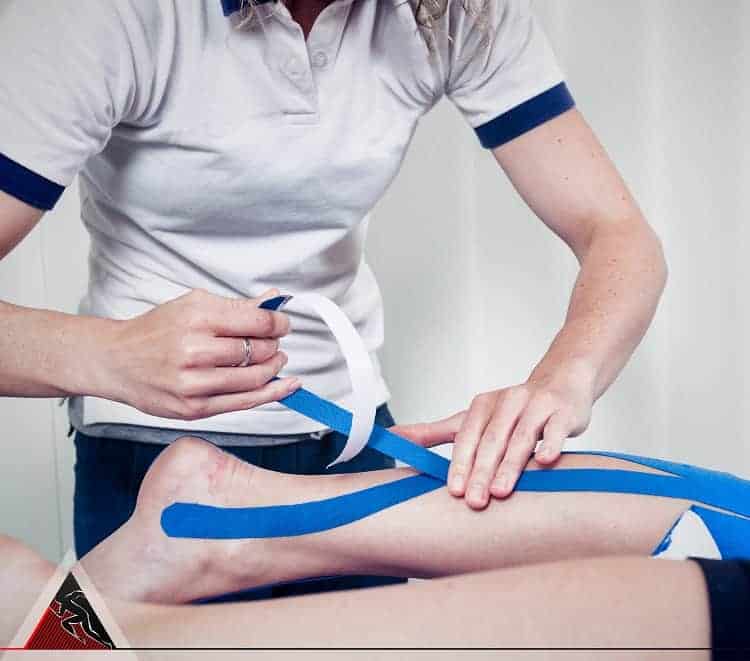
Specifically, plantar fasciitis is a common musculoskeletal injury affecting individuals across ages and activity levels, and the condition is estimated to account for over 1 million physician visits annually in the United States. Evidence on topics such as the epidemiology, exercise therapy, or cost-effectiveness of treatment options for plantar fasciitis are lacking and warrant future research.įeet play an important role in posture and ambulation, and it has been reported that the prevalence of foot pathologies range between 61 and 79% and contribute to negative impact on quality of life. A qualitative summary of systematic reviews and meta-analyses published on plantar fasciitis provides a single source of updated information for clinicians. While the majority of reviews had high level of heterogeneity and included a small number of studies, there was general consensus on certain topics, such as BMI as a risk factor for plantar fasciitis and extracorporeal shockwave therapy as an effective mode of therapy. Included articles were summarized and divided into the following topics: epidemiology, diagnosis, and treatment. A total of 1052 articles were initially identified and 96 met the inclusion criteria. A qualitative review of all systematic reviews and meta-analyses related to plantar fasciitis up to February 2021 was performed using PubMed, Embase, Web of Science, and the Cochrane Database. The purpose of this review was to provide a comprehensive summary of reviews on the topic pertaining to plantar fasciitis, identify any conflicting and inconsistent results, and propose future research direction. PMID: 30375530 PMCID: PMC6190955.The number of systematic review and meta-analyses on plantar fasciitis is expanding. Extracorporeal Shockwave Therapy Versus Kinesiology Taping in the Management of Plantar Fasciitis: A Randomized Clinical Trial. Ordahan B, Türkoğlu G, Karahan AY, Akkurt HE.
#TAPING FOR PLANTAR FASCIITIS FREE#
As of now, the patient is pain free and happy, Thus, a happy ending of this story.ġ.Podolsky, Roman and Kalichman, Leonid. With the short-term goal of analgesia achieved, I am working to restore the normal biomechanics of her foot to achieve a long-term solution. I really appreciate Sir’s workshop, because my patient got relieved very fast and the pain decreased significantly in a single session. When re-accessed, I found that the VAS of pain is 3.Īlso, she was able to walk properly without any pain, but standing for a prolonged time was still somewhat difficult, yet it was better than before. The patient felt better and relieved the next day. Overnight application of this taping resulted in a significant reduction of the pain. The KT stretch was given a stretch of about 50%.
#TAPING FOR PLANTAR FASCIITIS WINDOWS#
I anchored one end at the 1st and 2nd phalanges through two windows cut into the tape, while the other end was anchored at the calcaneus. The aim of my taping was to support the plantar fascia. Sir., in a workshop in Bangalore, June 2022. I applied the kinesiology taping techniques learned from Dr. The RCT by Ordahan et al showed (Ref 2) that kinesiology tape is as effective as shockwave therapy in improving pain, function, and quality of life.Īlthough the review mentions most no evidence exists in favor of rigid taping of the foot, I chose to apply kinesiology tape in this patient as it is more comfortable for the patient. A review by Podolsky & Kalichman (Ref 1) studied a number of articles on taping for plantar fasciitis and concluded taping is beneficial in the short term. Taping for plantar fasciitis has a lot of evidence base. This also helps to gain the patient’s confidence and results in better compliance.įor immediate pain relief, I decided to tape the patient’s foot.

However, in the first session, it was important for me to focus on analgesia in order to enable her to perform her daily activities with minimal discomfort. Plantar fasciitis is caused by a number of factors, and management needs multiple sessions.

Because of this pain, the patient was unable to walk properly and couldn’t stand for a prolonged time. The present episode was going on for 10 days. It again tends to increase in the evening. She said that the pain increased in the morning and gets adapted while daily activities. Upon assessment I found the condition to be plantar fasciitis, with the hallmark symptom of maximum pain in the first few steps in the morning present.

The patient is a 57 years old lady, a teacher by occupation who complained of pain in both her feet. In this post, I would like to share my success story, which is about one of my patients, who is significantly better with kinesiology taping, in just one session. Hello everyone, myself Ashish Paul, Physiotherapist.


 0 kommentar(er)
0 kommentar(er)
